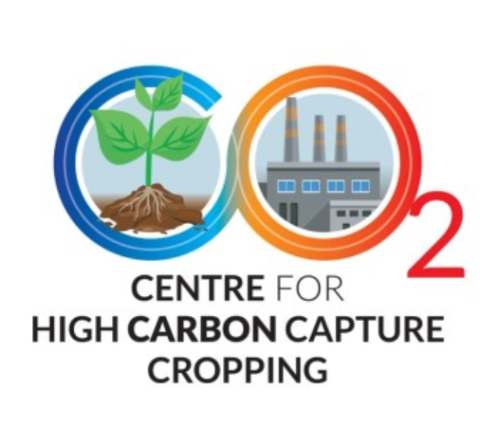Online workshop
22 November 2023
16:00 – 17:00
Agenda
-
Welcome and Introduction, Dr Lydia Smith
-
Building resilient farming systems using cover crops, Dr Nathan Morris
-
Capturing carbon in cover crops, can it be done? Dr Lydia Smith
-
Questions
Objectives
Engage with industry and farmers to see how cover crops can be incorporated into rotations by understanding...
- How cover crops contribute to a resilient farming system
- The role of cover crops in raising soil organic matter/carbon
- How cover crop type/species/mix and management might impact on carbon capture
Desired outputs
- Better understanding of which species to choose and mix.
- Understand the agronomy requirements for novel cover crops.
- Improved knowledge of how to use cover crops to improve soil organic matter and carbon capture.



